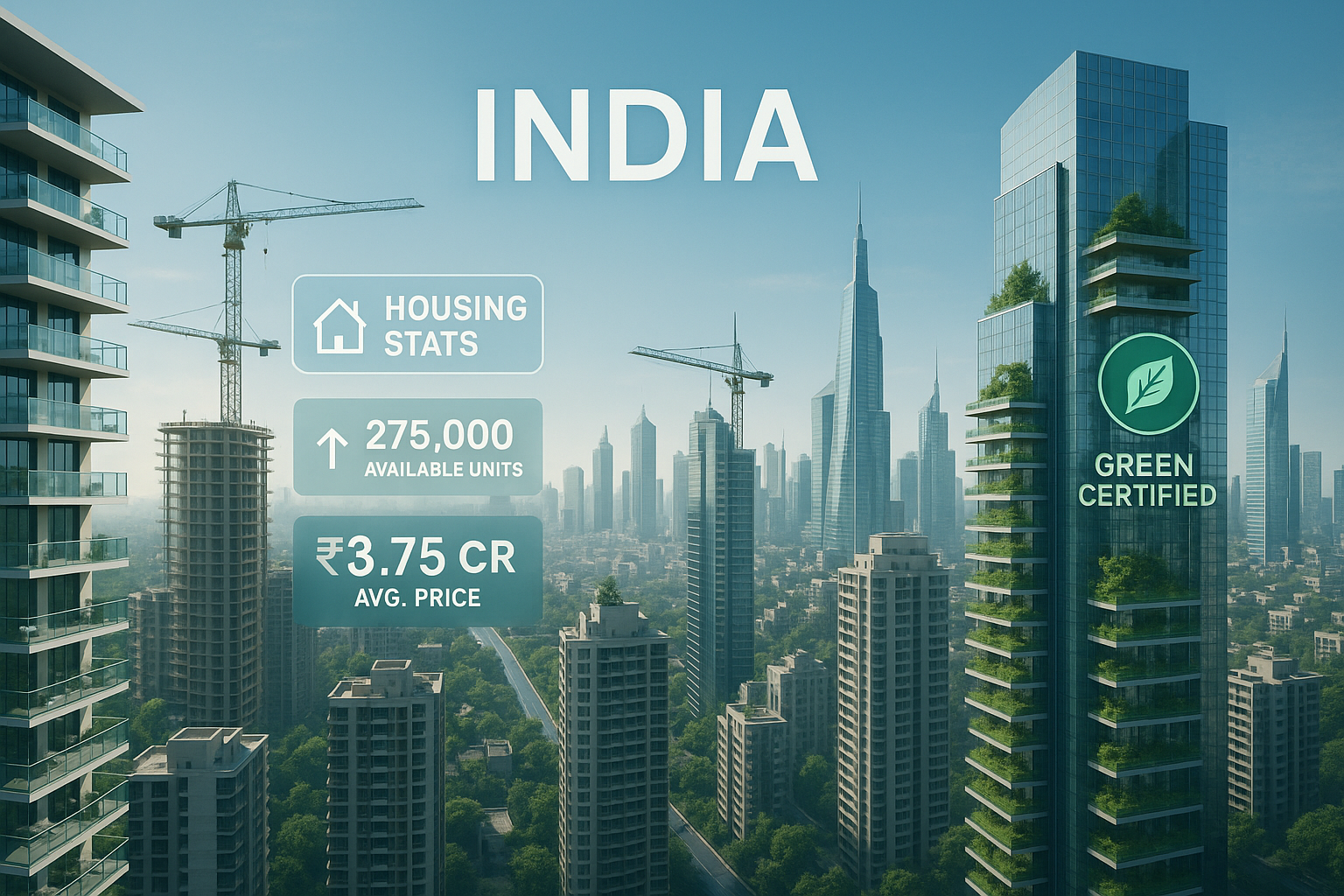New Delhi, May 2025 — In a defining moment for the nation, India has officially overtaken Japan to become the fourth-largest economy in the world, as per the International Monetary Fund’s April 2025 World Economic Outlook. India’s GDP has climbed to an impressive $4.19 trillion, a symbol of its rapid rise and resilience in the face of global economic challenges.
This achievement is not only a matter of national pride but a significant indicator of India’s evolving role on the global stage. From infrastructure and agriculture to digital innovation and services exports, multiple factors have contributed to this massive leap forward.
India’s Journey to Economic Supremacy
India’s economic story is one of steady growth, global investment, and a focus on development across sectors. Back in 2014, India’s GDP stood at $1.87 trillion. Fast forward to 2025, and that figure has more than doubled — a testament to the country’s long-term policy reforms and business-friendly ecosystem.
Some of the key contributors to this ascent include:
1. Thriving Services and Technology Sector
India’s services sector — especially in IT, fintech, and business outsourcing — has been a growth engine, contributing nearly 53% to the GDP. With Indian IT giants like TCS, Infosys, and Wipro expanding globally, India remains a tech outsourcing hub for the world.
2. Boost in Exports
India recently reported record-breaking exports of $824.9 billion in the fiscal year 2024–25, driven by growth in non-petroleum merchandise and software services.
3. Strong Private Consumption
Domestic demand continues to grow, especially in semi-urban and rural markets. Rising middle-class income and urbanization have fueled a consumption-led economy.
4. Digital India Transformation
From UPI payments to e-governance, India’s digital revolution has brought formalization to the economy, improved tax collection, and enhanced transparency.
What the Experts Are Saying
🇮🇳 NITI Aayog CEO B.V.R. Subrahmanyam:
“India is the fourth-largest economy as I speak. We are a $4 trillion economy now. This is not just a number — it’s an outcome of 10 years of consistent structural reforms.”
IMF Chief Economist Pierre-Olivier Gourinchas:
“India remains the fastest-growing major economy in the world. With proper fiscal discipline and inclusive growth, it is poised to surpass Germany by 2028.”
Global Rankings: May 2025
Here’s how the top global economies stack up now:
| Rank | Country | GDP (USD Trillion) |
|---|---|---|
| 1 | United States | $30.3 |
| 2 | China | $19.5 |
| 3 | Germany | $4.43 |
| 4 | India | $4.19 |
| 5 | Japan | $4.16 |
India’s new position puts it just behind Germany and clearly ahead of Japan for the first time.
Nation Celebrates: Public and Influencer Reactions
Bollywood Legend Amitabh Bachchan tweeted:
“What an incredible achievement. Proud moment for India. 🇮🇳”
Business Leader Anand Mahindra shared:
“For us to keep rising, India needs to continue focusing on human capital, sustainability, and digital innovation.”
Social media has been flooded with congratulatory messages and patriotic sentiments, trending hashtags like #IndiaAt4, #EconomicSuperpower, and #ProudToBeIndian.
Key Drivers Behind India’s Leap
1. Policy Reforms
Reforms such as GST, bank recapitalization, and PLI (Production-Linked Incentive) schemes have streamlined economic operations, boosted exports, and attracted FDI.
2. Infrastructure Push
India’s national infrastructure pipeline and high-speed rail, metro, and highway development projects have led to improved logistics and job creation.
3. Start-up Ecosystem
India has the third-largest start-up ecosystem globally. Unicorns in sectors like edtech, healthtech, and logistics have pushed digital GDP contribution.
4. Demographic Dividend
With 65% of the population under 35, India’s workforce advantage has been pivotal in sustaining growth through both consumption and innovation.
Challenges Ahead: Not Just About the Numbers
While this accomplishment is massive, economists caution against resting on laurels. India must focus on:
- Creating more jobs, especially in rural and informal sectors
- Reducing income inequality
- Strengthening public healthcare and education
- Sustainability — climate change mitigation and greener growth pathways
What’s Next: The Road to Top 3
Projections suggest that India will overtake Germany by 2028 to become the third-largest economy. If current growth trends continue, India could reach a $5 trillion economy by 2027, aligning with Prime Minister Narendra Modi’s earlier economic vision.
With strategic reforms, inclusive growth, and international collaboration, India’s position as a global economic powerhouse seems not just possible — but inevitable.
Final Thoughts
India surpassing Japan in 2025 is not just a symbolic victory but an economic validation of two decades of progress, ambition, and innovation. As the world watches, India is preparing for a leadership role in the global economy, not just as a participant — but as a key driver.




